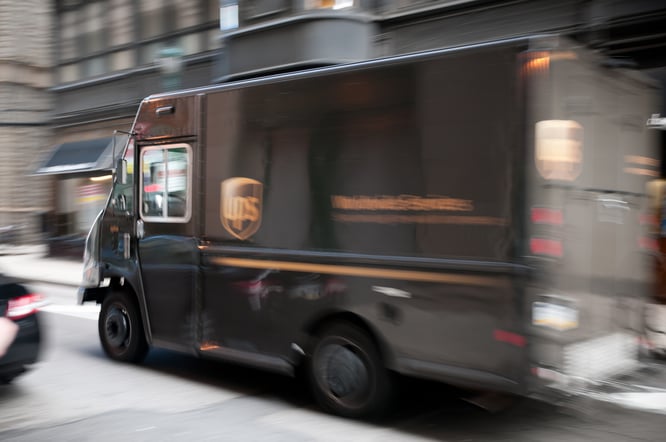Today’s buyers don’t compare you to your competitors. Today’s buyers compare you to their best customer experience. Widespread access to data -thanks to edge computing and IoT- has helped enterprises create advanced products that can predict needs and personalize experiences. Nearly everyone, including the B2B buyer, is now a smart connected consumer and fully aware of what is possible. Building the bridge from your existing product to the best experience for your B2B buyer begins with data. That data comes from the IoT.
Getting the Data
Your customer’s best experience is within reach, and the data to help may already be within your organization. Let’s use UPS as an example. In the face of fierce competition, the company couldn’t afford to lose packages or ignore customer complaints. So, with a culture focused on continuous improvement, nearly a decade ago, the company began gathering data from vehicle sensors on its delivery trucks, GPS tracking equipment, and drivers’ handheld devices to understand where efficiencies could be gained. This data, combined with a committed investment into operational technology, resulted in the development of ORION, or UPS’ On-Road Integrated Optimization and Navigation. Today, the ORION algorithm uses the data captured to provide the best routes for drivers and continues to learn as it goes, optimizing more than 55,000 routes in North America before drivers leave UPS facilities.

This data also influences processes which will save the company operational costs, trim waste and drastically reduce errors which lead to lost or delayed packages. Faster, more accurate service improves the relationship with customers. This data feeds into UPS’ chatbot and MyChoice user interface to help customers get information about their packages. This is just the start of what UPS has planned for the data it is collecting and only one example of how a solution built with IoT leads to increased transparency, cost-saving efficiency and better customer experience.
Implementing IoT for Better Customer Experiences
There is a Chinese proverb that reads, "The best time to plant a tree was 20 years ago, the second best time to plant a tree is now." How can you begin to get data from your environment? Start by understanding how to best solve problems for your buyers and their customers. In many instances, you can use IoT to provide your customer with a window into operations. Increased transparency allows for increased communication and helps end users make more informed business decisions. There are a few ways to do this.
- Add sensors to equipment to gather data, similar to the way UPS designed its solution.
- Read data from existing equipment using edge computing and edge gateways.
- Visualize data using an IoT platform. Losant is an IoT application enablement platform designed to help enterprises quickly and securely build connected solutions with ease.

Data-Driven Business Benefits
Many of our clients use customer feedback to create new products from connected solutions or improve the services they offer. Today, those products are driving additional revenue and growth for their businesses. NimbeLink, for example wanted to improve its existing asset tracking solution with a way to visualize asset data in dashboards, maps and graphs. The company integrated data from their existing asset tracking solution into the Losant Enterprise IoT Platform and launched a small-scale rollout of sensors to detect motion, temperature and location.
Discover how you can build a connected solution to improve the experience for the B2B customers you serve with Losant.
